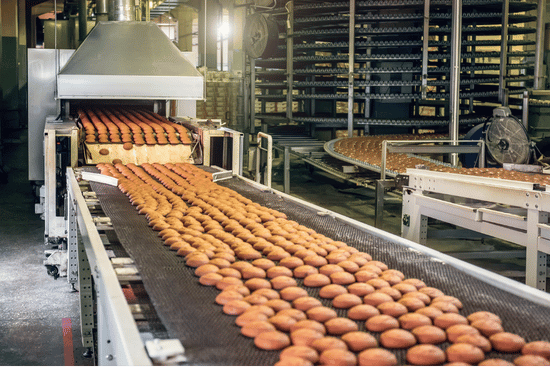
Properties and Overview of SBR (Styrene-Butadiene Rubber)
Overview:
 SBR (Styrene-Butadiene Rubber) is a versatile synthetic elastomer known for its excellent abrasion resistance, durability, and cost-effectiveness. As one of the most widely produced synthetic rubbers, SBR is a key material in the automotive, construction, and consumer goods industries. Its balance of mechanical properties and affordability makes it popular for applications requiring toughness and reliability.
SBR (Styrene-Butadiene Rubber) is a versatile synthetic elastomer known for its excellent abrasion resistance, durability, and cost-effectiveness. As one of the most widely produced synthetic rubbers, SBR is a key material in the automotive, construction, and consumer goods industries. Its balance of mechanical properties and affordability makes it popular for applications requiring toughness and reliability.
Production:
The production of SBR involves copolymerizing styrene and butadiene monomers using emulsion or solution polymerization techniques. Emulsion polymerization is the most common method, producing a material with good mechanical properties and processability. The ratio of styrene to butadiene can be adjusted to tailor the rubber's hardness, flexibility, and resilience. Additives such as fillers, antioxidants, and processing aids are often incorporated to enhance performance and processing characteristics. SBR can be processed using standard rubber manufacturing techniques, including molding, extrusion, and calendaring.
Applications:
SBR is widely used across industries due to its durability and versatility. It is a primary material for tires in the automotive sector, particularly in tread compounds, where its abrasion resistance and grip enhance performance and longevity. In construction, SBR is used for roofing membranes, flooring materials, and sealants, benefiting from its flexibility and resistance to wear. The rubber is also employed in industrial applications such as conveyor belts, hoses, and gaskets, where its toughness and resistance to impact and heat ensure reliable operation. Additionally, SBR is found in footwear, adhesives, and sporting goods, demonstrating its adaptability across consumer products. Blends of SBR with natural rubber or other synthetic rubbers further expand its application scope, optimizing properties for specific needs.
Summary:
Styrene-Butadiene Rubber is a widely used and adaptable elastomer that combines durability, abrasion resistance, and affordability. Its ability to meet the demands of diverse applications, from automotive tires to industrial components, underscores its significance in modern manufacturing. As industries continue to innovate and seek sustainable solutions, SBR remains a critical material, supporting performance and cost-efficiency advancements across various sectors. Its enduring relevance highlights its role as a cornerstone elastomer in global production and engineering.
See a comprehensive list of electrical, mechanical, physical and thermal properties for SBR (Styrene-Butadiene Rubber) below:
Electrical Properties of SBR (Styrene-Butadiene Rubber)
Unfamiliar with a property? Click it's description to be given a full definition in the GLOSSARY
See properties and overview for
ALLOYS and CHEMICAL ELEMENTS
popular in engineering
Require different units not displayed?
CONVERT VARIOUS UNITS HERE
Mechanical Properties of SBR (Styrene-Butadiene Rubber)
Unfamiliar with a property? Click it's description to be given a full definition in the GLOSSARY
See properties and overview for
ALLOYS and CHEMICAL ELEMENTS
popular in engineering
Require different units not displayed?
CONVERT VARIOUS UNITS HERE
Physical Properties of SBR (Styrene-Butadiene Rubber)
Unfamiliar with a property? Click it's description to be given a full definition in the GLOSSARY
See properties and overview for
ALLOYS and CHEMICAL ELEMENTS
popular in engineering
Require different units not displayed?
CONVERT VARIOUS UNITS HERE
Thermal Properties of SBR (Styrene-Butadiene Rubber)
Unfamiliar with a property? Click it's description to be given a full definition in the GLOSSARY
See properties and overview for
ALLOYS and CHEMICAL ELEMENTS
popular in engineering
Require different units not displayed?
CONVERT VARIOUS UNITS HERE
 ADDED TO MY FAVORITES!
ADDED TO MY FAVORITES! REMOVED FROM MY FAVORITES!
REMOVED FROM MY FAVORITES!